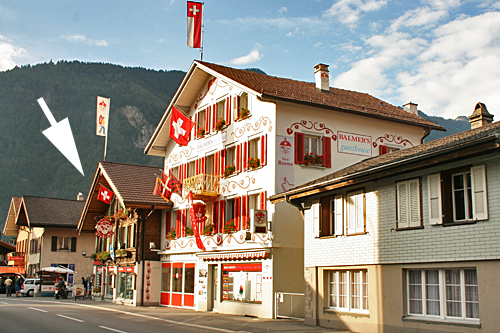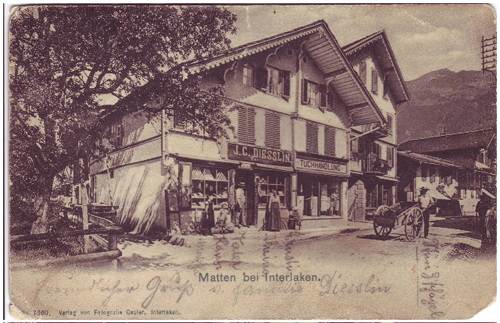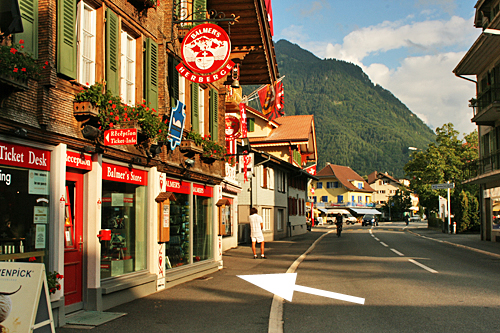HALSELL, Ala. – Alone in his mobile home off a winding dirt road, Jimmy Tanks heard a commotion at 2:30 a.m. just outside his bedroom window: Somebody was messing with his car.
The 67-year-old railroad retiree grabbed a gun, walked out the back door and confronted not a thief but a repo man and two helpers trying to tow off the Chrysler Sebring. Shots were fired, and Tanks wound up dead, a bullet in his chest.
The man who came to repossess the car, Kenneth Alvin Smith, is awaiting trial on a murder charge in a state considered a Wild West territory even by the standards of an industry that's largely unregulated nationally. Since Tanks' death last June, two other repo men from the same company Smith worked for were shot, one fatally.
"It's gotten to where it's a crazy world out there," said Smith, 50, an ex-Marine who preaches part-time and sings gospel music. Smith said Thursday that he fired in self-defense after Tanks fired a shot.
With the U.S. dealing with an economic slide that has cost millions of jobs, the number of vehicle repossessions is expected to rise 5 percent this year. That's after it jumped 12 percent to 1.67 million nationally in 2008, said Tom Webb, chief economist with Manheim Consulting, an automotive marketing firm. That followed a 9 percent increase in 2007, creating more opportunities for bad outcomes in an industry where armed confrontations and threats happen every day.
Joe Taylor, whose Florida-based company insures repossession companies, said licensing and training is the answer to avoiding such violence.
"If a guy is just put right on the street without training, the potential for violence is very, very high," said Taylor, who runs Insurance Services USA.
Federal law says workers can't "breach the peace" while repossessing items, but it doesn't go further to state just what that means, leaving definitions up to courts.
All three Alabama shootings were in the middle of the night, which an industry leader said was a sign of a problem.
"The smart operators aren't out there at 2 or 3 o'clock at night with people who can put you in a bad situation," said Les McCook, executive director of the American Recovery Association, a trade group for repossession companies.
It was June 26 that the repo man came for Tanks' car in Halsell, a tiny, rural Choctaw County town near the Mississippi line. Tanks already had filed for bankruptcy and was behind on his payments, court documents show.
Tanks heard a noise and went outside with a gun, something anybody would do, said Choctaw County Sheriff James Lovette, who knew Tanks for years. Smith was indicted Tuesday, but no charges were filed against a man and his teenage son who accompanied Smith, said Lovette.
Smith's defense lawyer, Rusty Wright, said Tanks came out of the trailer and fired, and that Smith "just wanted to stop him."
"This is not the gunslinging cowboy that people think about with repo guys," Wright said. "(Smith) wasn't out to kill the guy."
The sheriff declined comment on whether Tanks shot at Smith.
Lovette said Smith worked out of Birmingham with Ascension Recovery, a subsidiary of the Chicago-based Renovo Services. The same recovery firm employed a repo man who was shot and killed on Jan. 8 in Birmingham, as well as a third worker who was wounded while towing a vehicle in the city on Feb. 10.
The CEO of Renovo Services, David Cowlbeck, didn't respond to questions sent by e-mail about the fatal shootings. He called the unsolved February wounding of 30-year-old Jason Williamson "a random act of violence."
"We trust that the perpetrators are quickly apprehended and charged accordingly," Cowlbeck said in a statement.
Lovette is asking the Alabama Sheriff's Association to push a bill limiting the hours when repossession companies can operate and requiring them to contact local law enforcement before working in an area.
"There's a time and place for everything, and 3 a.m. is not it," said Lovette.
The three states that actively license and monitor recovery agents — California, Florida and Louisiana — report less violence than other states, Taylor said. But most state legislatures aren't interested in repossession law until people start dying, he said.
"You don't find many state legislators who have had a car repossessed. They are just unfamiliar with that world," said Taylor.
Tanks was killed just two weeks after he married Georgia Tanks, who keeps a floral spray at the spot where he died beside the car, which is long gone. She wasn't at home the night he was killed because she was away teaching Vacation Bible School in nearby Meridian, Miss. She has filed a wrongful death suit in the slaying.
"It's senseless," she said, wiping away tears as she looked at their wedding photograph. "The legal stuff I don't know anything about. I just know God is going to let justice be done."
Smith, too, is haunted by what happened that night.
"I've played it through in my mind a million times to see if I could have done something different," he said. "I couldn't have."
Original here




 Exercise and diet play a major role in cancer prevention, and should be encouraged through infrastructure and food pricing policies, the report says. (Ryan Jackson/Canadian Press)
Exercise and diet play a major role in cancer prevention, and should be encouraged through infrastructure and food pricing policies, the report says. (Ryan Jackson/Canadian Press)

















